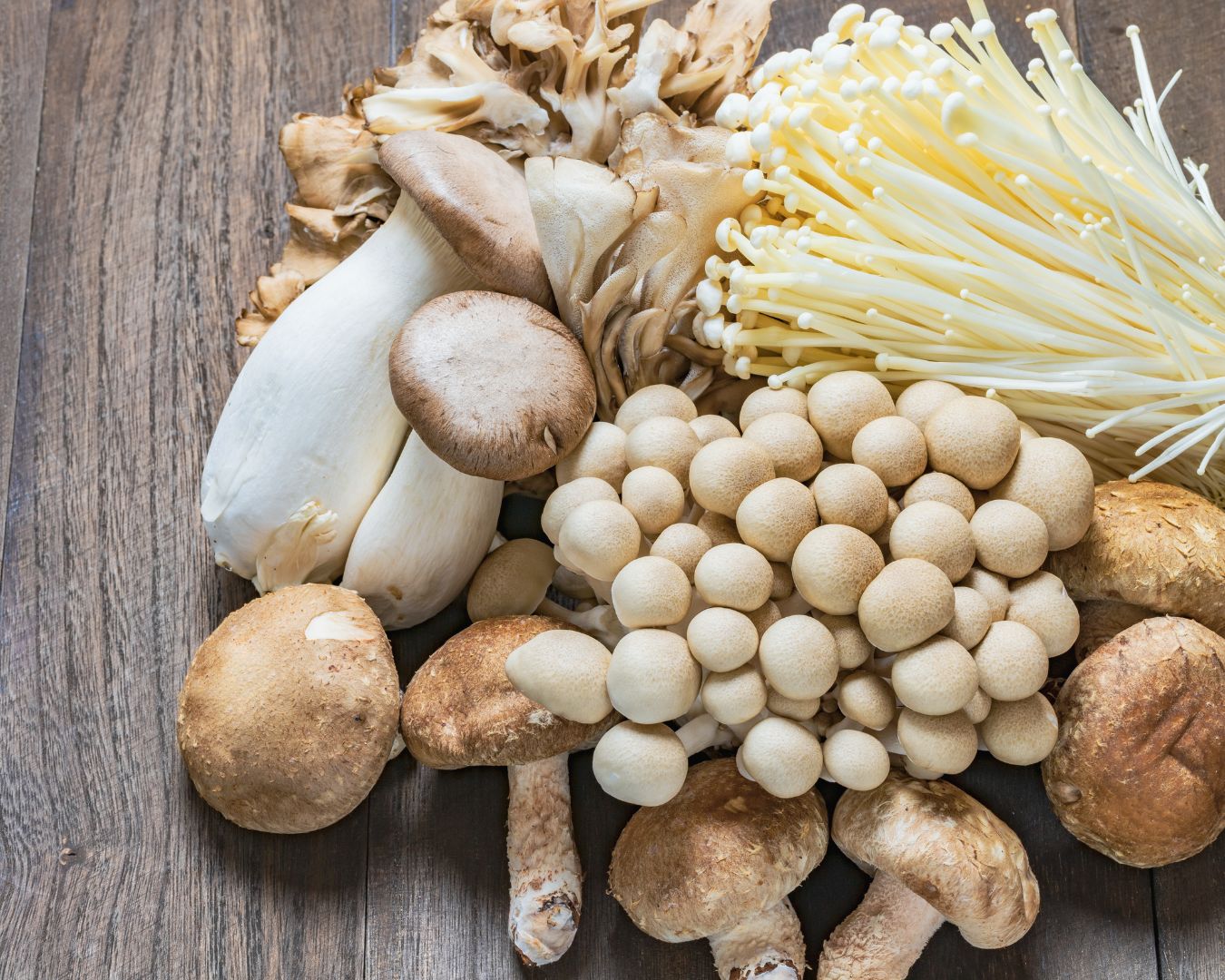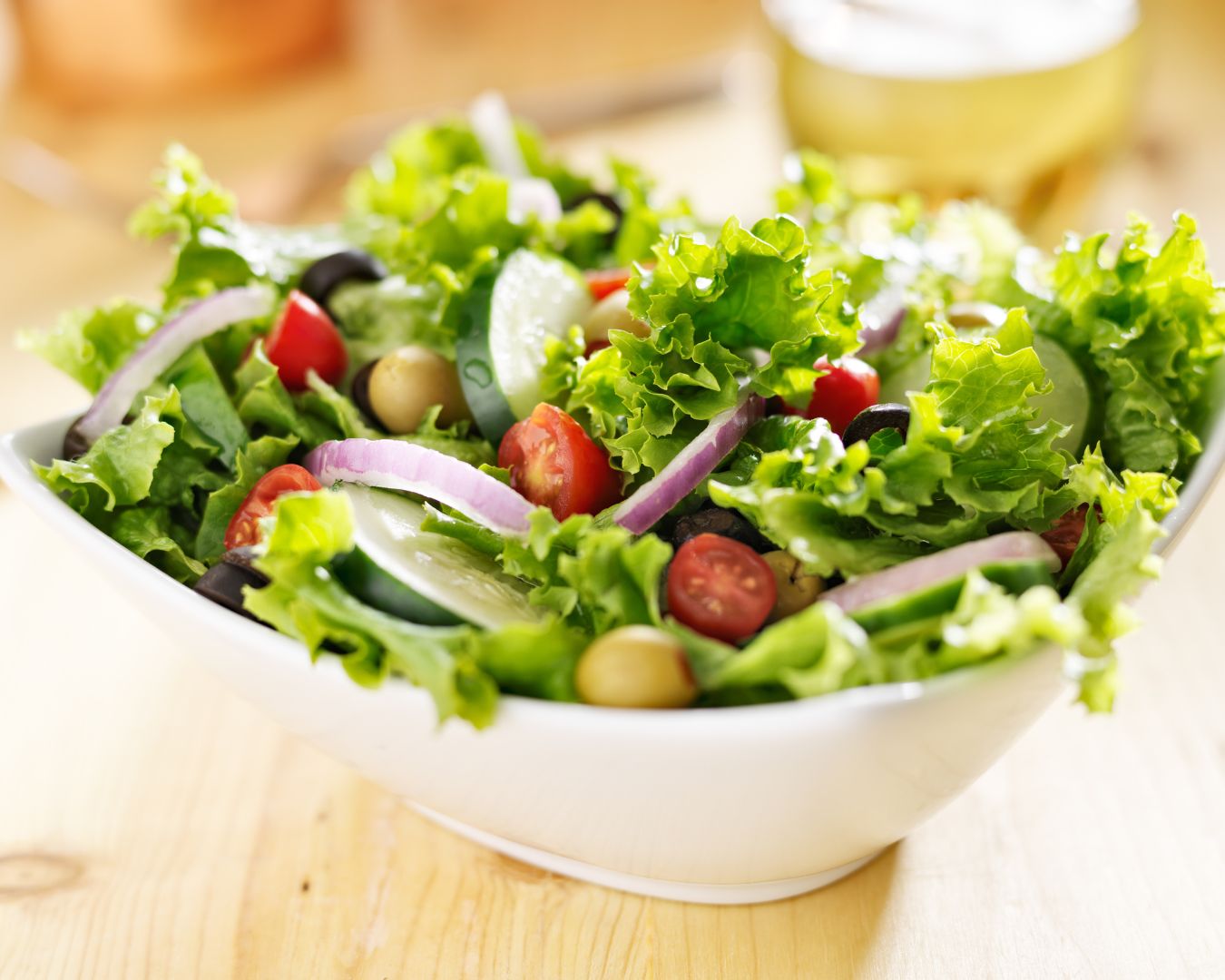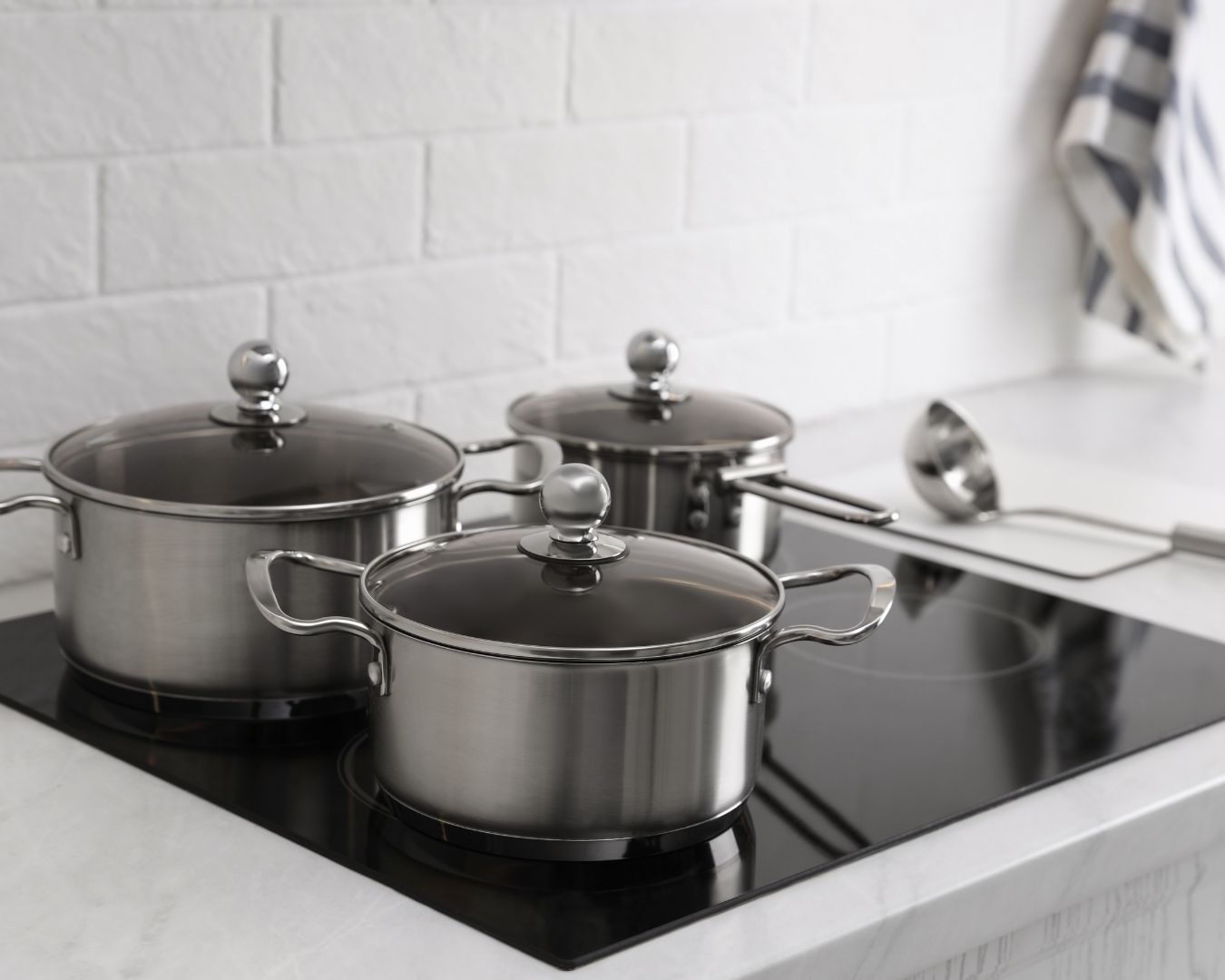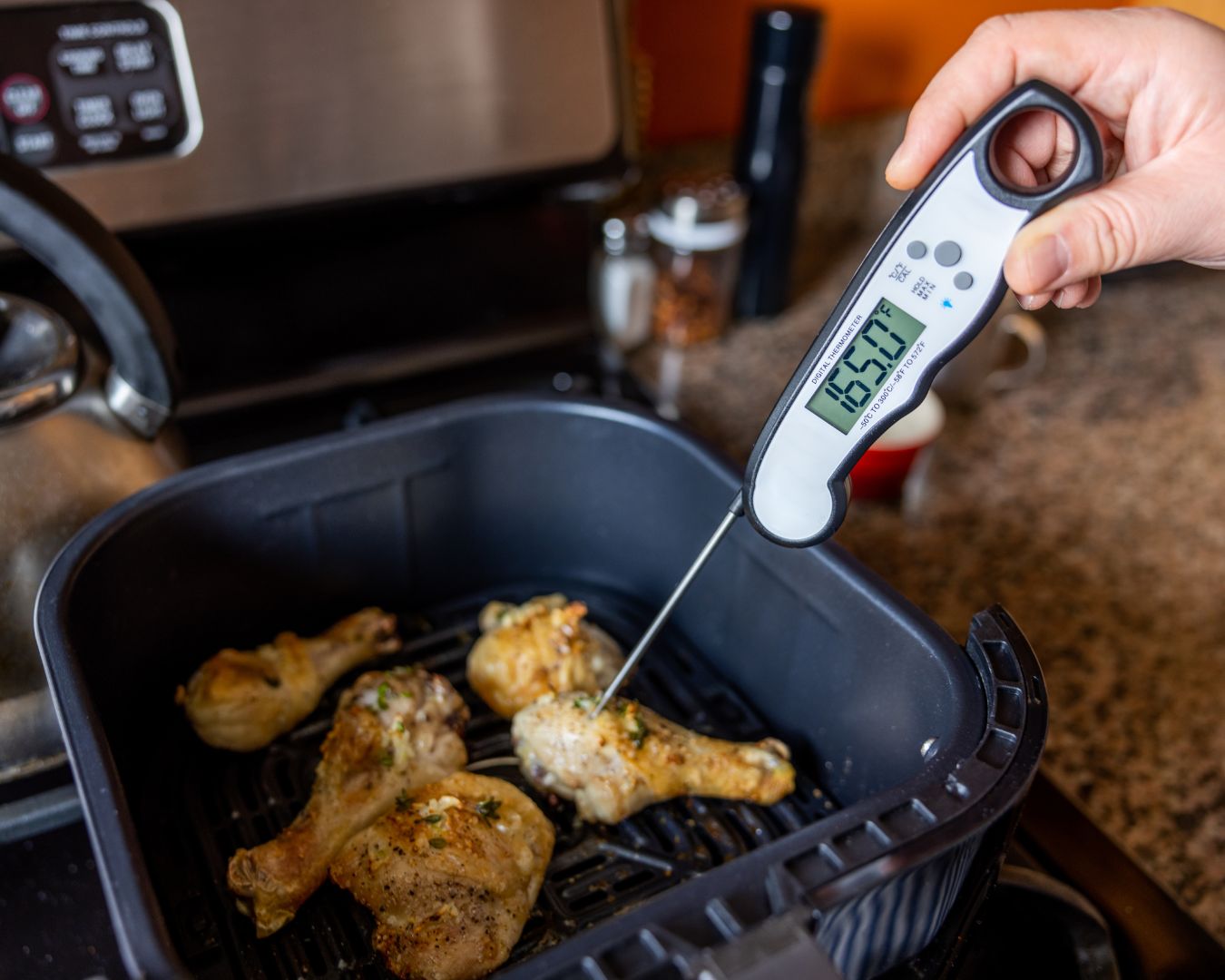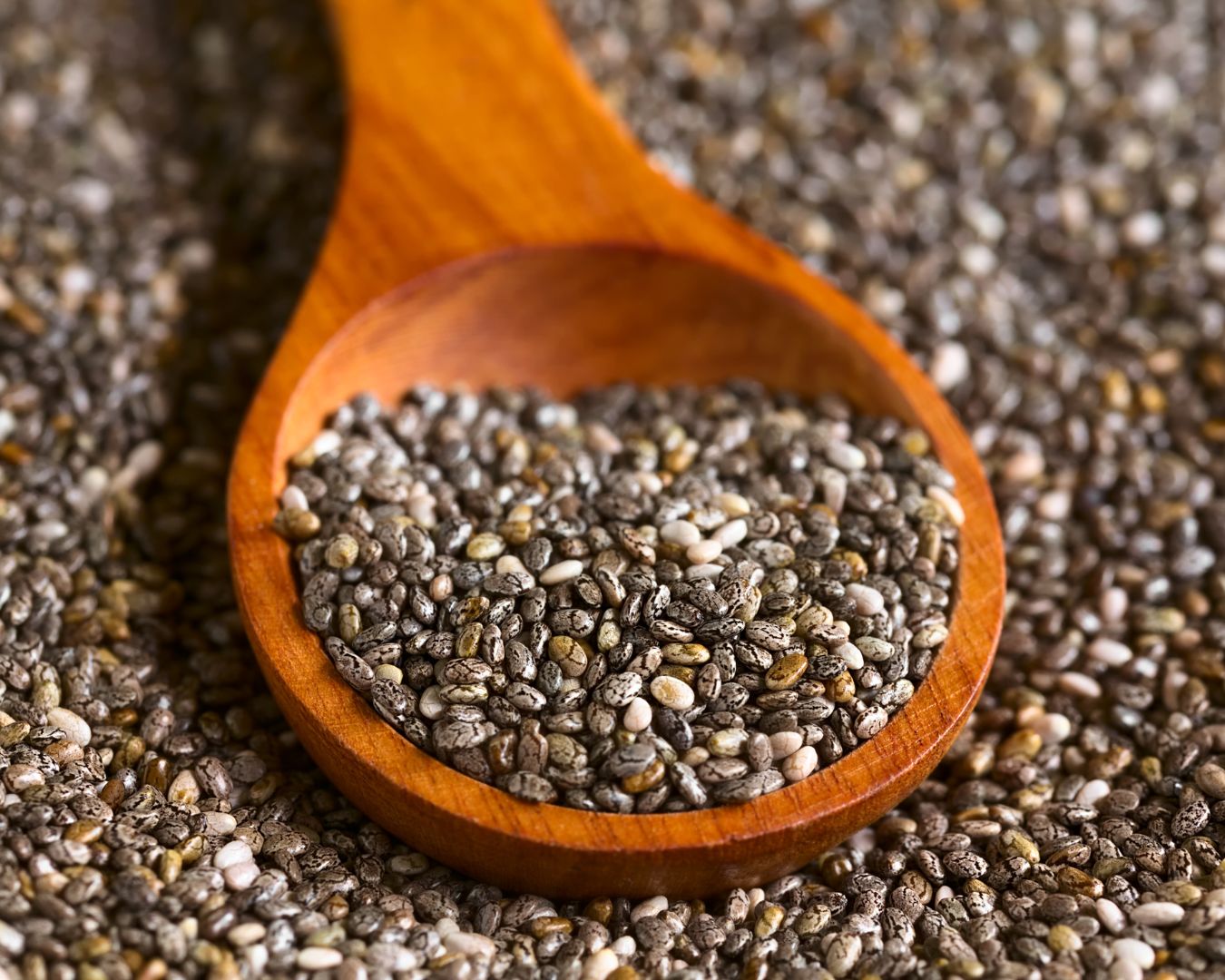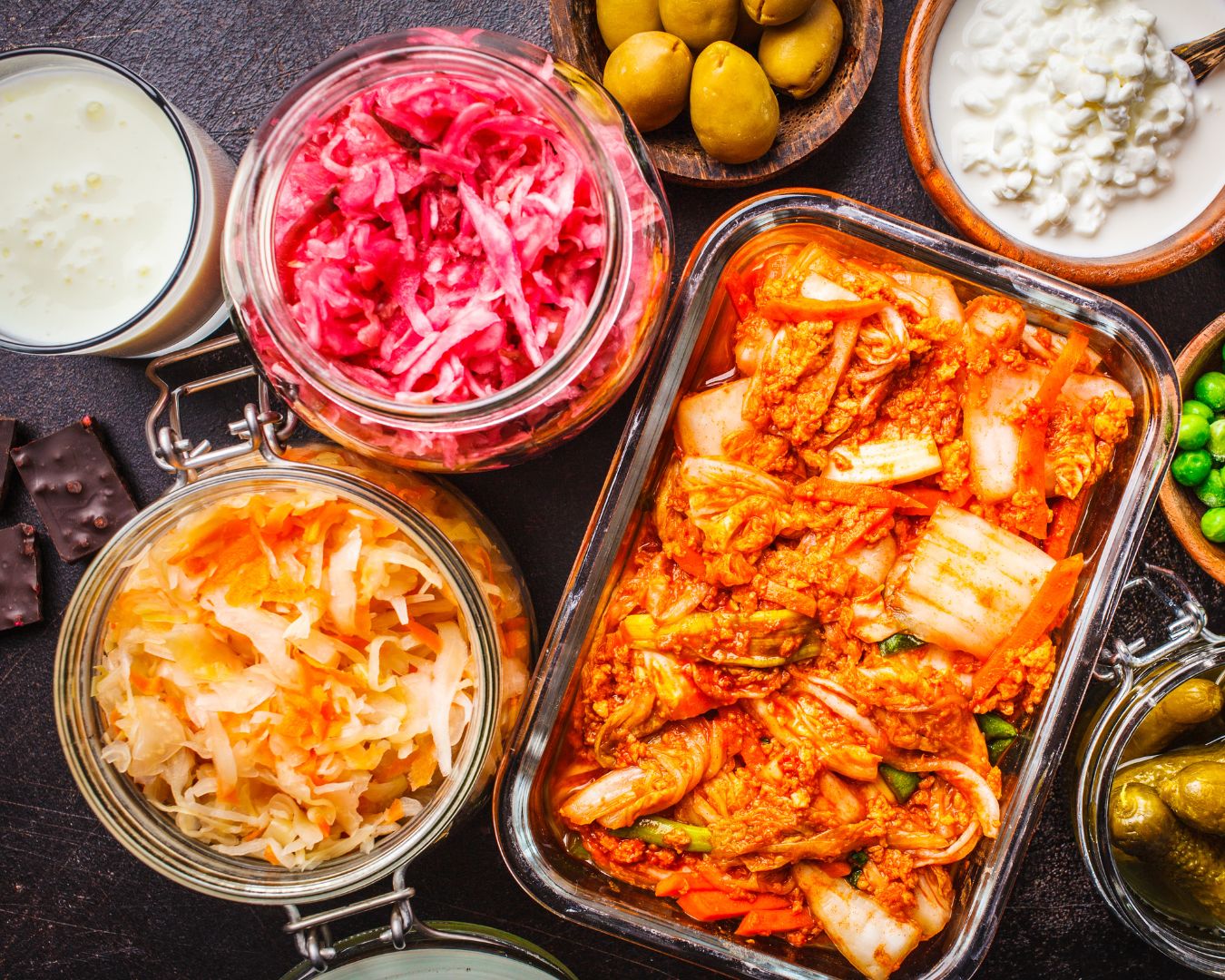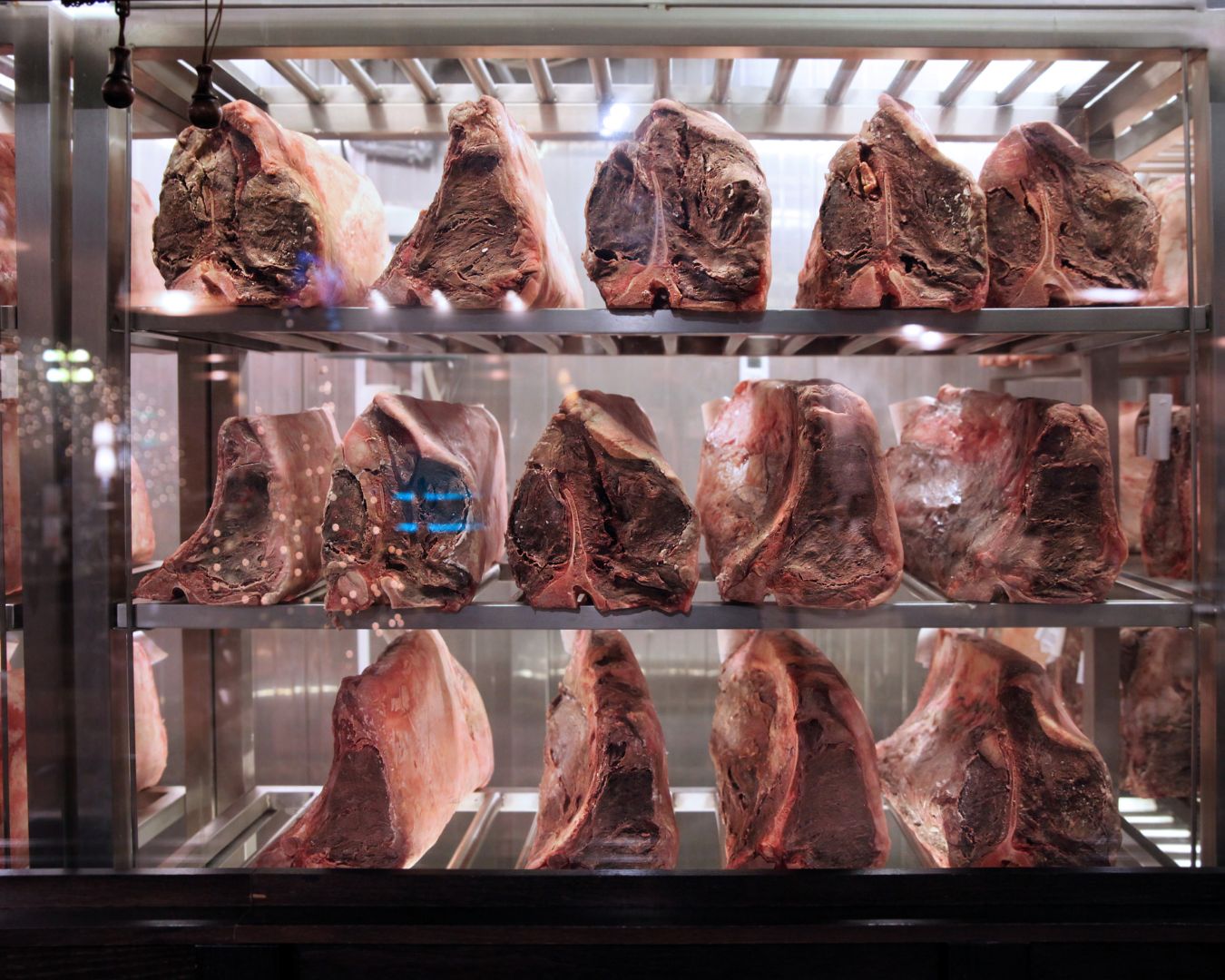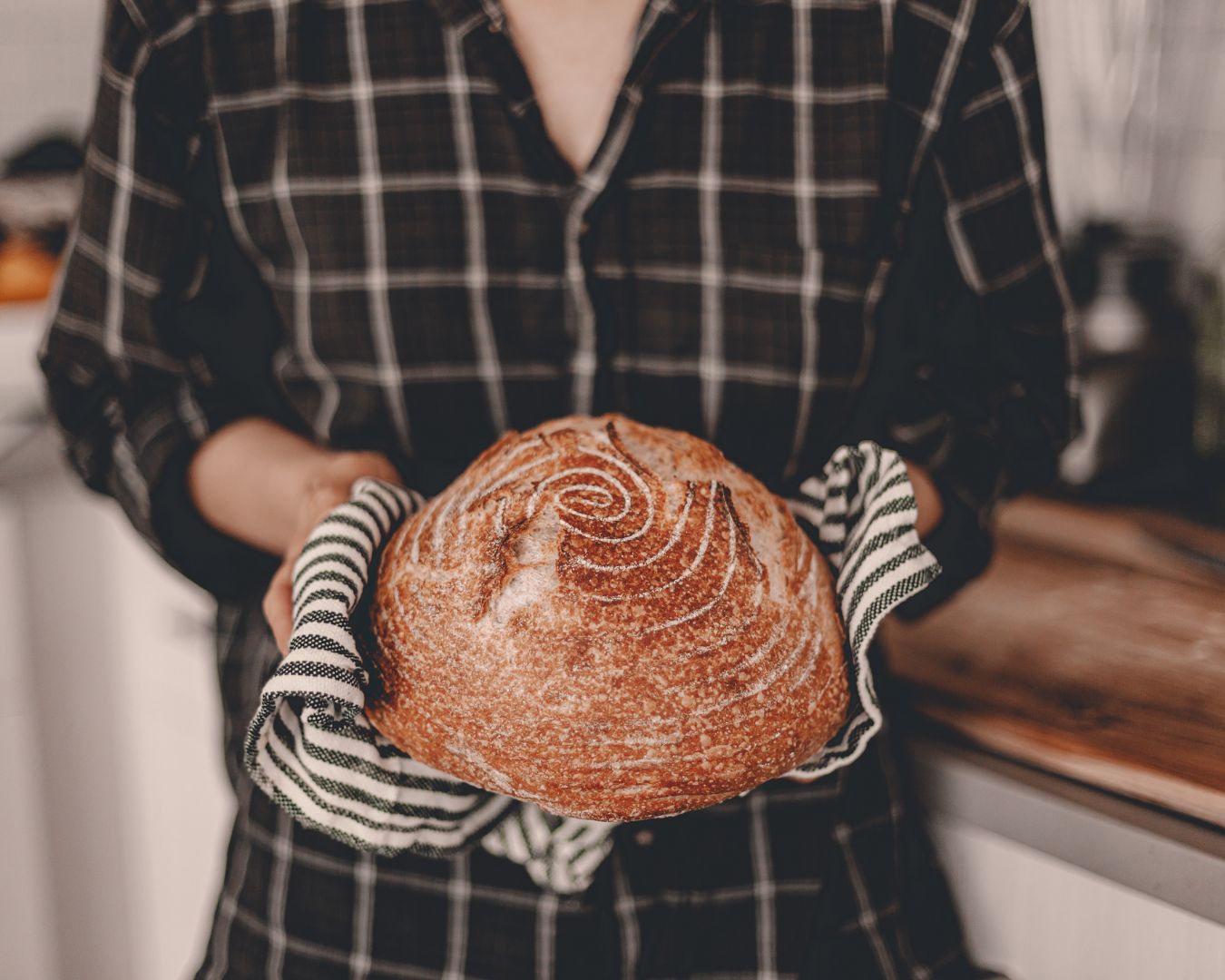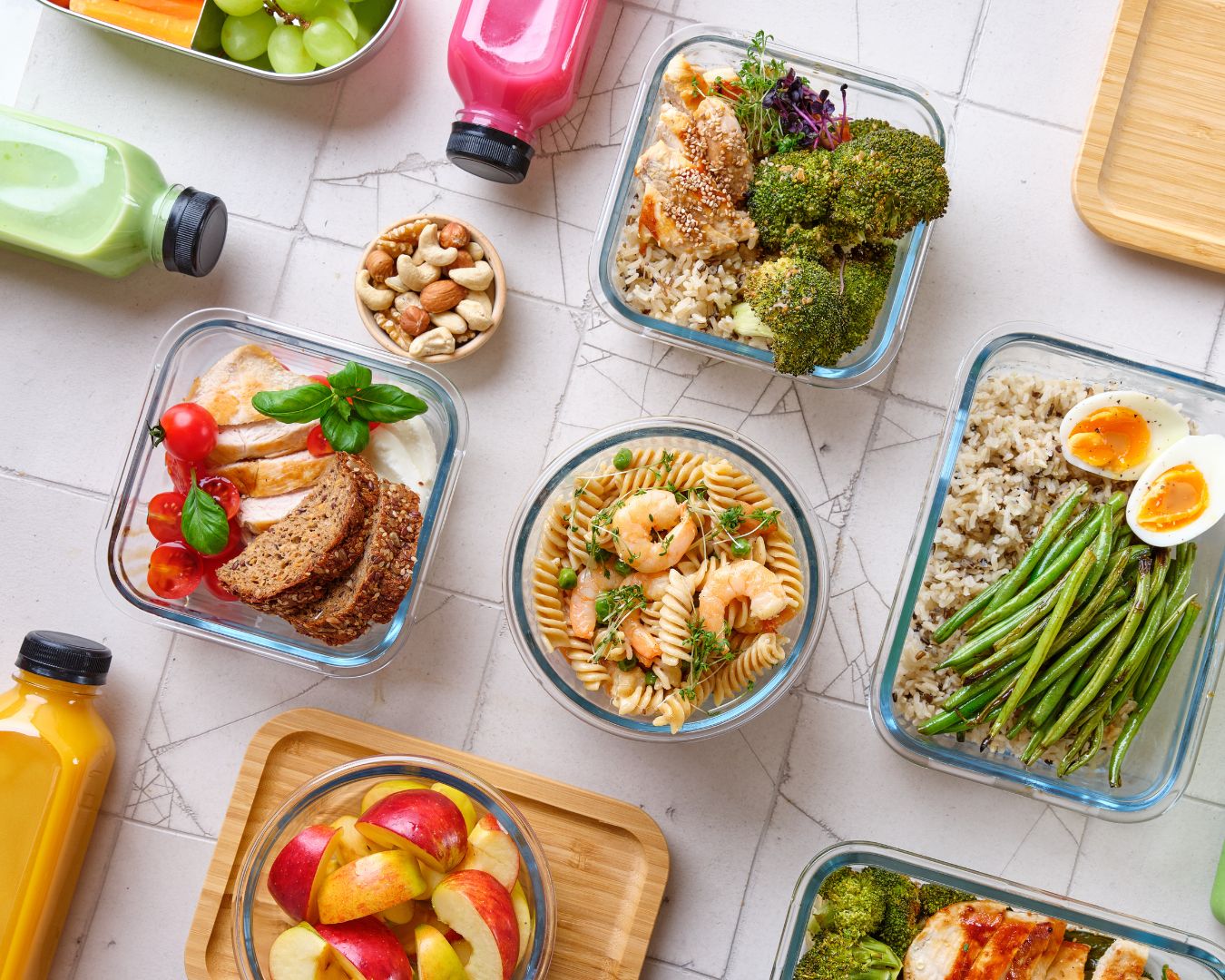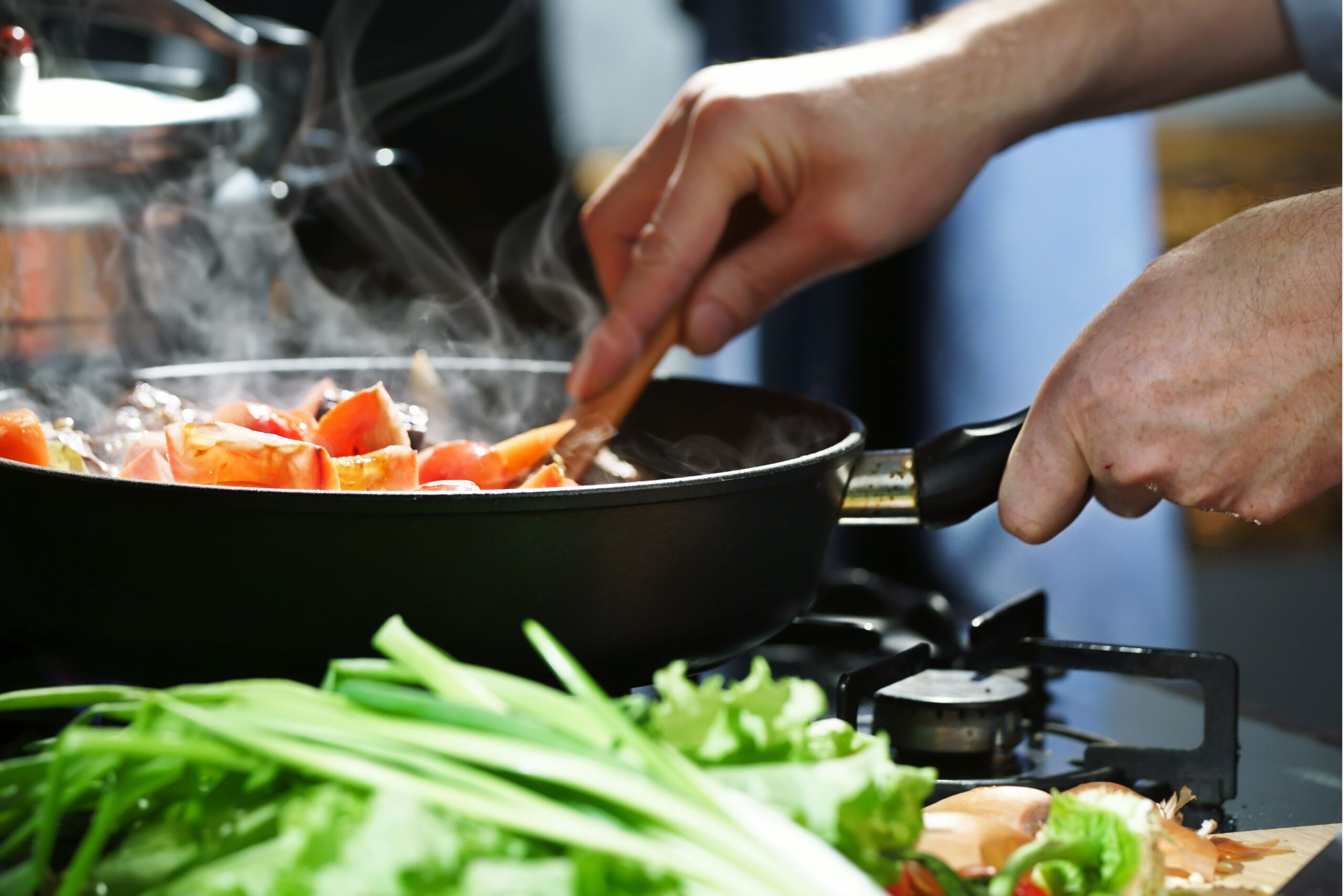Cooking Techniques to Enhance the Flavor of Fungi
Mushrooms, a favorite in kitchens around the world, are packed with earthy, umami-rich flavors that can elevate any dish. Whether you’re working with common varieties like button mushrooms or more exotic types like shiitake or oyster, cooking techniques can significantly enhance their flavor and texture. In this post, we’ll explore some of the best methods to bring out the deliciousness of fungi and take your culinary creations to the next level. Sautéing: A Simple Yet Effective Technique Sautéing is one of the most straightforward ways to cook mushrooms, but the key is to do it properly to bring out their deep, savory flavors. How to Do It: Why It Works: Mushrooms are over 80% water, and sautéing helps to evaporate excess moisture while caramelizing the surface. This browning enhances their natural umami flavor, resulting in a more intense taste. Roasting: Intensifying Flavors Through High Heat Roasting mushrooms is another excellent method to concentrate their flavors. The high, dry heat of the oven brings out their natural sweetness and adds a subtle crispiness. How to Do It: Why It Works: Roasting dehydrates mushrooms slightly, concentrating their flavor and creating a meatier, more robust texture. Grilling: A Smoky Flavor Boost Grilling mushrooms is a fantastic way to add a smoky, charred flavor that complements their natural earthiness. Larger mushrooms, like portobellos or king oysters, are particularly well-suited for the grill. How to Do It: Why It Works: The grill imparts a smoky depth to the mushrooms, while the direct heat caramelizes their natural sugars, enhancing their richness and texture. Braising: Rich, Savory Flavor Infusion Braising involves cooking mushrooms in a flavorful liquid over low heat, infusing them with additional aromas and complexity. This method is perfect for dishes like stews or risottos, where you want the mushrooms to take on the flavor of the cooking liquid. How to Do It: Why It Works: Braising infuses the mushrooms with additional flavors while breaking down their fibers, making them tender and deeply flavorful. Dry Searing: Maximizing Umami Dry searing is an unusual but highly effective way to maximize the umami flavor of mushrooms. This technique involves cooking mushrooms without any oil or fat to allow them to release and concentrate their natural juices. How to Do It: Why It Works: By drawing out the mushrooms’ moisture through dry searing, you concentrate their umami flavor, leading to an incredibly rich and intense taste. Marinating: Enhancing Flavor Before Cooking Marinating mushrooms is a fantastic way to add depth before cooking. The porous nature of mushrooms allows them to absorb flavors from marinades, adding complexity to their natural taste. How to Do It: Why It Works: The marinade permeates the mushrooms, infusing them with complementary flavors that enhance their umami profile. Using Dried Mushrooms for a Flavor Boost Dried mushrooms, such as porcini or shiitake, are incredibly potent and can be used to intensify the flavor of dishes. Rehydrating them in hot water releases their concentrated flavor, which can be used both in the mushrooms and the soaking liquid. How to Do It: Why It Works: Dried mushrooms have an intensified flavor compared to fresh ones. When rehydrated, they add a depth of flavor that can transform simple dishes into something extraordinary. Mushrooms are incredibly versatile and can be transformed through various cooking methods, each enhancing their natural umami flavor in different ways. Whether you’re sautéing, roasting, grilling, or braising, experimenting with these techniques can help you discover new depths of flavor and texture in this humble ingredient. So the next time you’re cooking with fungi, try out one of these methods and enjoy the rich, earthy flavors that mushrooms bring to your meals!

